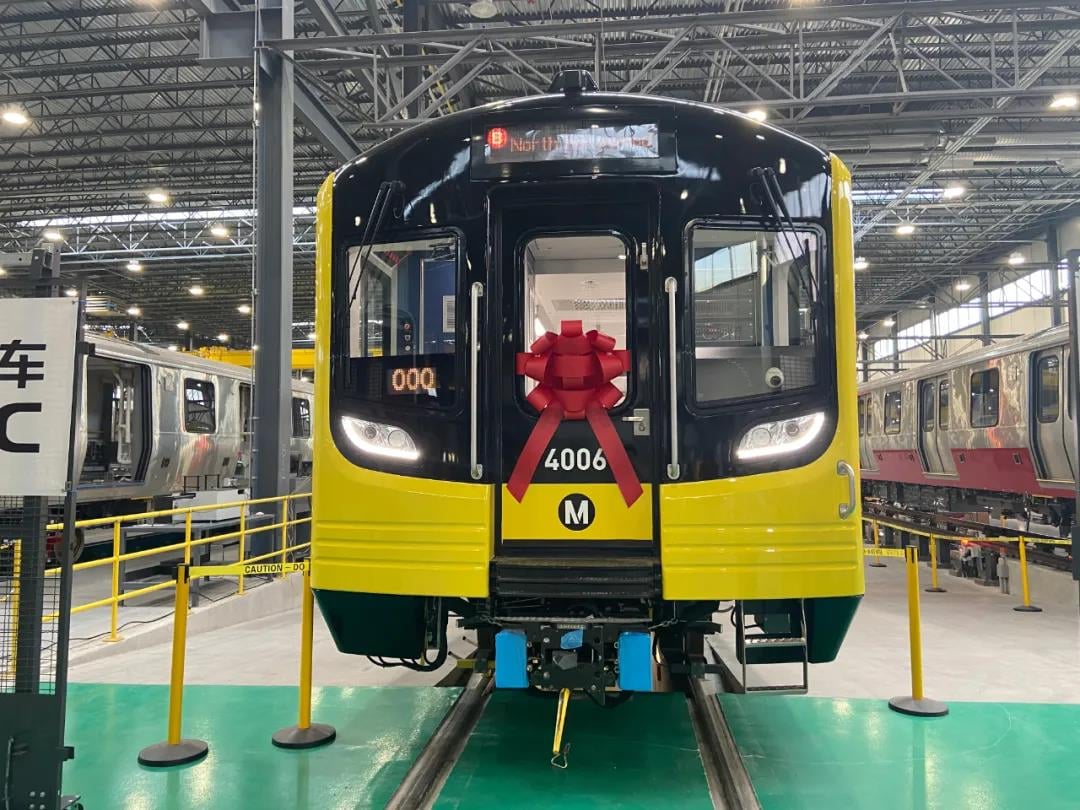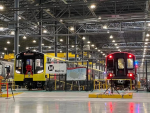Again with the strawman knockdown. So, basically, we cant electrify because CSX will insist that track, that would not be there otherwise, be double-stack capable. CSX operates pretty well with mostly single track now.
CSX owns the B&A west of Worcester. The MBTA (as far as I know) has no trackage rights, no right to operate (...which is part of why the baked in assumption is that Amtrak will operate the damn thing, because they don't have to bother with that concern because federal law gives them right of access). And Amtrak, whether it be operating its own service or as a mercenary for one or more states, can't forcibly make changes to a host railroad's infrastructure (not that they care in this instance; Amtrak would be perfectly fine with diesels).
The only way the state can make extra tracks and wires appear is if they buy some or all of the B&A from CSX. Given that it's CSX's New England main line and
far more valuable to their operation than the east-of-Worcester lines they sold to the state a decade-plus ago, they're not likely to be in a selling mood. And as F-Line's Virginia example makes clear, CSX has a precedent for putting conditions on even a hypothetical sale that would make this extra passenger-only electrified track a non-starter. CSX could, and almost certainly
would put clauses in any sale agreement saying that the state was not allowed to break double-stack clearances on any new or acquired track. Bye-bye electric passing tracks.
That CSX operates fine right now with mostly single track is irrelevant. That they may never actually need or use any additional tracks in some or all of the places they'd be added in your vision is, likewise, irrelevant. They own the line and have every right to put conditions of sale on it, and there's nothing the state can do about that. CSX has no obligation to help the state here. As long as they own it, its theirs and the state can't touch it; if they sell it, the state is bound by any conditions that come with that, and they protect their interests. (Speaking of which, though moderately off-topic, has CSX voiced any concerns about Pan Am's apparent willingness to jettison the previously-planned gauntlet tracks on the Lowell Line? That's the kind of thing that CSX has usually been finicky on.)
Again, nobody is claiming that there is sufficient clearance for DS AND catenary.....there doesn't need to be.
Well, F-Line is claiming that there needs to be, and I'm in agreement on that, because the only way you can electrify is if CSX lets you one way or another, it being their property and all (and, as above, their historical behavior strongly indicates that they won't let that happen, or at very least the quid-pro-quo it would take to get them to allow it would probably cost more than the bridge work). You're the only one claiming that these two things can somehow exist side-by-side as though the state can just ignore the fact that it doesn't own the line.
And by "drop it" I meant "release the information" not "remove from consideration"
I understood your meaning, though I get that my response was worded somewhat ambiguously. They ruled out electrification because it was a freaking nightmare to contemplate given (among other things) all the bridges. They're not required to lay out all of the reasons why a low-feasibility alternative was jettisoned, even if transit nerds might like it if they were. Nor are they required to present a Crazy Transit Pitches-style explanation of how maybe it could be done. Like practically everybody else who's looked at that line outside of the Crazy Transit Pitches thread, they looked at it, saw all the nightmare bridge work and ornery Class I landlord that they'd have to deal with and said, screw it, diesel it is, with the happy coincidence that that reduces the startup costs exponentially and makes operation easier with existing equipment types for Amtrak or whoever would up doing it. This isn't the Crazy Transit Pitches thread; when an option is facially infeasible at a glance, they can just chuck it.



